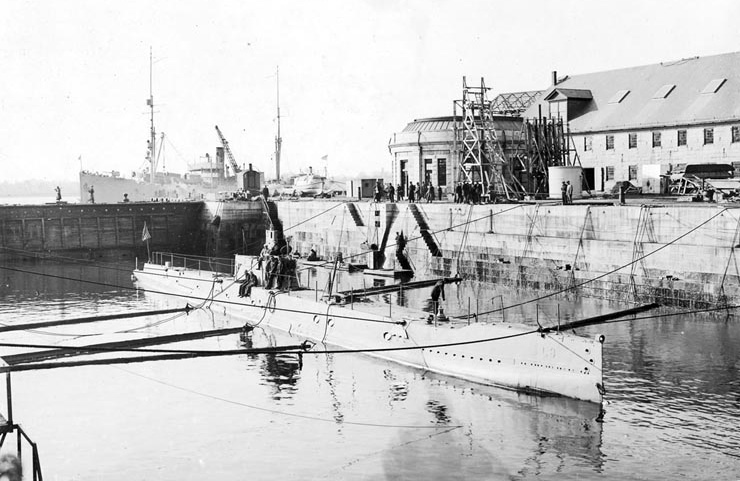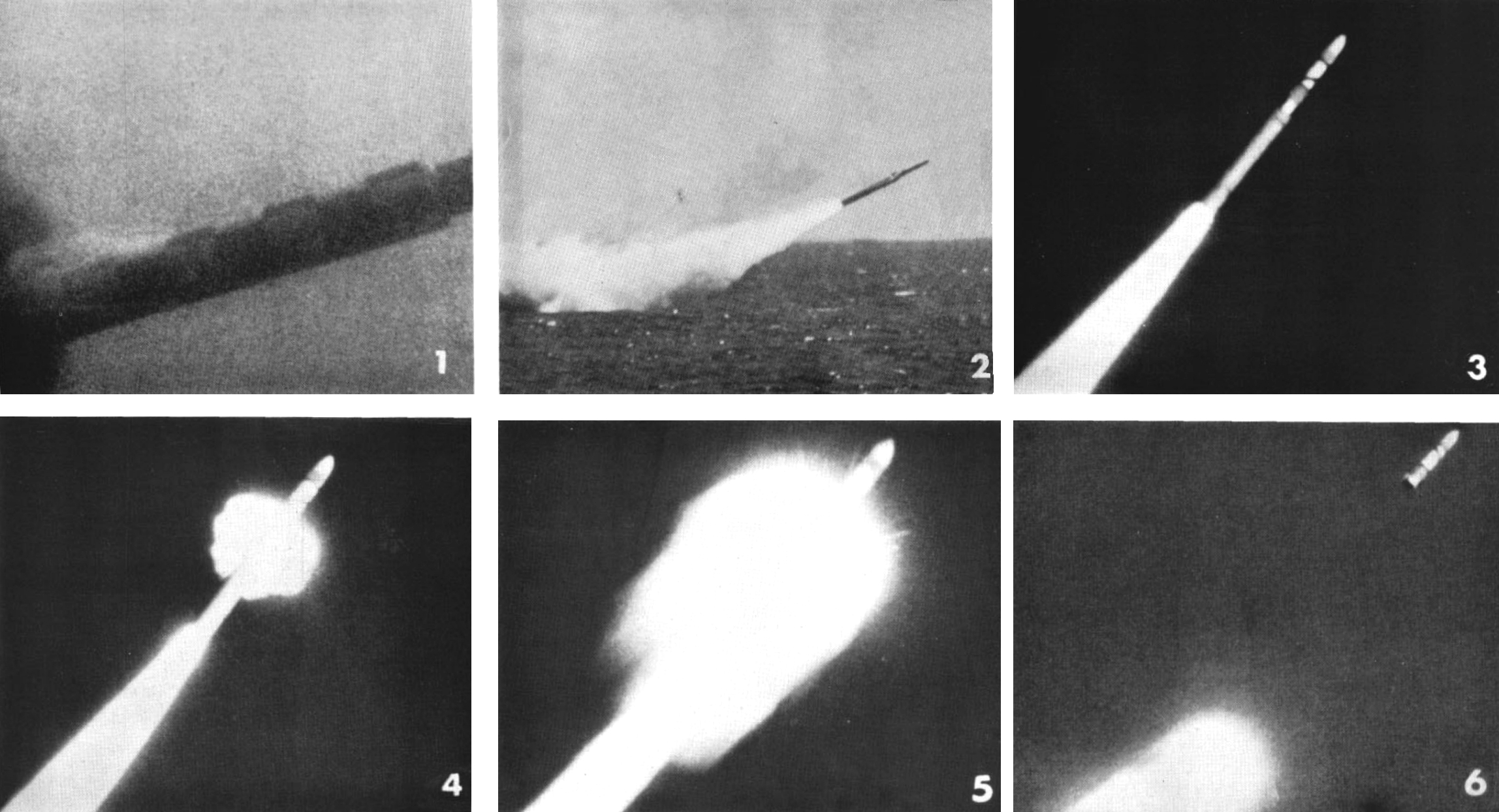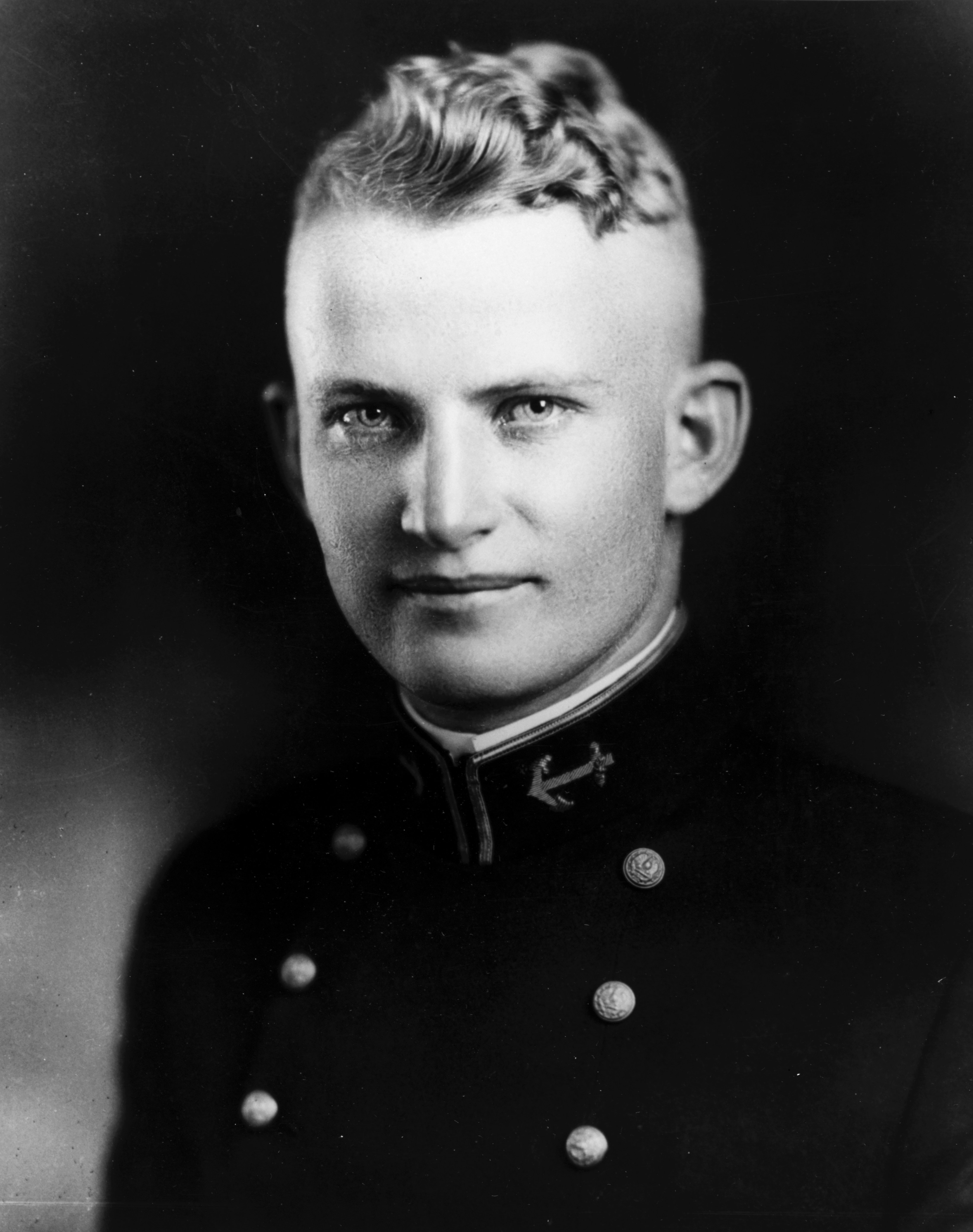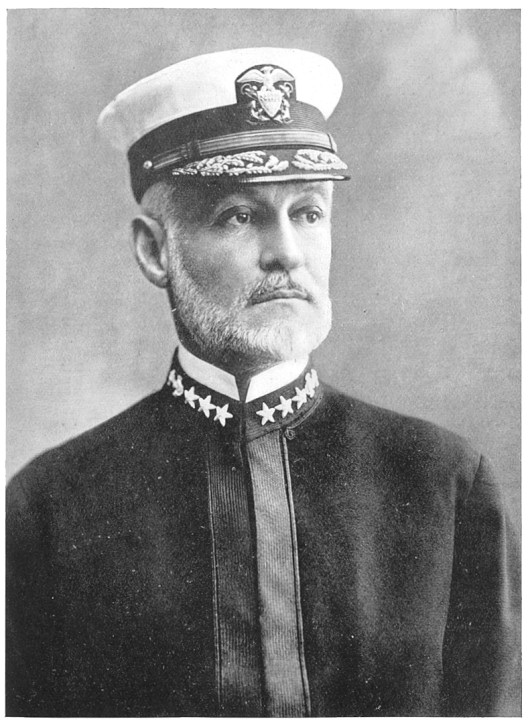|
Permit-class Submarine
The ''Permit''-class submarine (known as the ''Thresher'' class until the lead boat was lost) was a class of fourteen nuclear-powered fast attack submarines (hull classification symbol SSN) in service with the United States Navy from the early 1960s until 1996. They were a significant improvement on the , with greatly improved sonar, diving depth, and silencing. They were the forerunners of all subsequent US Navy SSN designs. They served from the 1960s through to the early 1990s, when they were decommissioned due to age. They were followed by the and classes. The ''Thresher'' class was one of several results from a study commissioned in 1956 by Chief of Naval Operations (CNO) Admiral Arleigh Burke. In "Project Nobska", the Committee on Undersea Warfare of the United States National Academy of Sciences, collaborating with numerous other agencies, considered the lessons of submarine warfare and anti-submarine warfare learned from various prototypes and experimental platforms. The ... [...More Info...] [...Related Items...] OR: [Wikipedia] [Google] [Baidu] |
Portsmouth Naval Shipyard
The Portsmouth Naval Shipyard (PNS), often called the Portsmouth Navy Yard, is a United States Navy shipyard on Seavey's Island in Kittery, Maine, bordering Portsmouth, New Hampshire. The naval yard lies along the southern boundary of Maine on the Piscataqua River. Founded on June 12, 1800, PNS is the U.S. Navy's oldest continuously operating shipyard. Today, most of its work concerns the overhaul, repair, and modernization of submarines. As of November 2021, the shipyard employed more than 6,500 federal employees. As well, some of the work is performed by private corporations (e.g., Delphinius Engineering of Eddystone, Pennsylvania; Oceaneering International of Chesapeake, Virginia; Orbis Sibro of Mount Pleasant, South Carolina; and Q.E.D. Systems Inc. of Virginia Beach, Virginia). History The Portsmouth Naval Shipyard was established on June 12, 1800, during the administration of President John Adams. It sits on a cluster of conjoined islands called Seavey's Island in t ... [...More Info...] [...Related Items...] OR: [Wikipedia] [Google] [Baidu] |
UUM-44 SUBROC
The UUM-44 SUBROC ("Submarine Rocket") was a type of submarine-launched rocket deployed by the United States Navy as an anti-submarine weapon. It carried a 25 kiloton tactical nuclear warhead configured as a nuclear depth bomb. Development SUBROC was one of several weapons recommended for implementation by Project Nobska, a 1956 summer study on submarine warfare. Development began in 1958, with the technical evaluation being completed in 1963. SUBROC reached Initial Operation Capability (IOC) aboard the attack submarine ''Permit'' in 1964. When SUBROC reached IOC, the US Navy's admiral in charge of weapons procurement stated that SUBROC was "…a more difficult technical problem than Polaris." Operation SUBROC could be launched from a 21-inch submarine torpedo tube. After launch, the solid fuel rocket motor fired and SUBROC rose to the surface. The attitude then changed and SUBROC flew to its destination following a predetermined ballistic trajectory. At a predetermined time ... [...More Info...] [...Related Items...] OR: [Wikipedia] [Google] [Baidu] |
Bow (ship)
The bow () is the forward part of the hull of a ship or boat, the point that is usually most forward when the vessel is underway. The aft end of the boat is the stern. Prow may be used as a synonym for bow or it may mean the forward-most part of the bow above the waterline. Function A ship's bow should be designed to enable the hull to pass efficiently through the water. Bow shapes vary according to the speed of the boat, the seas or waterways being navigated, and the vessel's function. Where sea conditions are likely to promote pitching, it is useful if the bow provides reserve buoyancy; a flared bow (a raked stem with flared topsides) is ideal to reduce the amount of water shipped over the bow. Ideally, the bow should reduce the resistance and should be tall enough to prevent water from regularly washing over the top of it. Large commercial barges on inland waterways rarely meet big waves and may have remarkably little freeboard at the bow, whereas fast military ... [...More Info...] [...Related Items...] OR: [Wikipedia] [Google] [Baidu] |
Ship Characteristics Board
The Ship Characteristics Board was a unit of the United States Navy. The purpose of the Ship Characteristics Board was to coordinate the creation of 'ship characteristics' that are essential to the design of naval combatants and auxiliaries. Coordination was required because the operators and the designers of ships had different interests, perceptions, concepts, and constraints: as summarized by the naval historian Norman Friedman, "How to achieve the best possible compromise among competing bureaus has been one of the great dilemmas of 20th-century U.S. naval administration." This list of SCB projects is a useful exposition of the U.S. Navy's shipbuilding priorities in the first half of the Cold War. History The Ship Characteristics Board was founded in 1945 under the Office of the Chief of Naval Operations / OpNav. It was created after the body previously responsible for coordinating ships characteristics, the General Board, had been seen as ineffective in a series of ear ... [...More Info...] [...Related Items...] OR: [Wikipedia] [Google] [Baidu] |
Anti-submarine Warfare
Anti-submarine warfare (ASW, or in the older form A/S) is a branch of underwater warfare that uses surface warships, aircraft, submarines, or other platforms, to find, track, and deter, damage, or destroy enemy submarines. Such operations are typically carried out to protect friendly shipping and coastal facilities from submarine attacks and to overcome blockades. Successful ASW operations typically involve a combination of sensor and weapon technologies, along with effective deployment strategies and sufficiently trained personnel. Typically, sophisticated sonar equipment is used for first detecting, then classifying, locating, and tracking a target submarine. Sensors are therefore a key element of ASW. Common weapons for attacking submarines include torpedoes and naval mines, which can both be launched from an array of air, surface, and underwater platforms. ASW capabilities are often considered of significant strategic importance, particularly following provocative instanc ... [...More Info...] [...Related Items...] OR: [Wikipedia] [Google] [Baidu] |
Submarine Warfare
Submarine warfare is one of the four divisions of underwater warfare, the others being anti-submarine warfare, Naval mine, mine warfare and Naval mine, mine countermeasures. Submarine warfare consists primarily of Diesel engine, diesel and nuclear submarines using torpedoes, missiles or nuclear weapons, as well as advanced sensing equipment, to attack other submarines, ships, or land targets. Submarines may also be used for reconnaissance and landing of special forces as well as deterrence. In some navies they may be used for task force screening. The effectiveness of submarine warfare partly depends on the anti-submarine warfare carried out in response. American Revolution The first attack by a submarine occurred on September 8, 1776, by the American submarine ''Turtle (submersible), Turtle'' in an unsuccessful attack on the British warship ''Eagle.'' American Civil War The age of submarine warfare began during the American Civil War. The 1860s was a time of many turning ... [...More Info...] [...Related Items...] OR: [Wikipedia] [Google] [Baidu] |
United States National Academy Of Sciences
The National Academy of Sciences (NAS) is a United States nonprofit, non-governmental organization. NAS is part of the National Academies of Sciences, Engineering, and Medicine, along with the National Academy of Engineering (NAE) and the National Academy of Medicine (NAM). As a national academy, new members of the organization are elected annually by current members, based on their distinguished and continuing achievements in original research. Election to the National Academy is one of the highest honors in the scientific field in the United States. Members of the National Academy of Sciences serve '' pro bono'' as "advisers to the nation" on science, engineering, and medicine. The group holds a congressional charter under Title 36 of the United States Code. Congress legislated and President Abraham Lincoln signed an Act of Congress (1863) establishing the National Academy of Sciences as an independent, trusted nongovernmental institution, created for the purpose of ... [...More Info...] [...Related Items...] OR: [Wikipedia] [Google] [Baidu] |
Project Nobska
Project Nobska was a 1956 summer study on anti-submarine warfare (ASW) for the United States Navy ordered by Chief of Naval Operations Admiral Arleigh Burke. It is also referred to as the Nobska Study, named for its location on Nobska Point near the Woods Hole Oceanographic Institution (WHOI) on Cape Cod, Massachusetts. The focus was on the ASW implications of nuclear submarines, particularly on new technologies to defend against them. The study was coordinated by the Committee on Undersea Warfare (CUW) of the National Academy of Sciences (NAS). It was notable for including 73 representatives from numerous organizations involved in submarine design, submarine-related fields, and weapons design, including senior scientists from the Atomic Energy Commission's nuclear weapons laboratories. Among the participants were Nobel laureate Isidor Rabi, Paul Nitze, and Edward Teller. The study's recommendations influenced all subsequent US Navy submarine designs, as well as submarine-laun ... [...More Info...] [...Related Items...] OR: [Wikipedia] [Google] [Baidu] |
Arleigh Burke
Arleigh Albert Burke (October 19, 1901 – January 1, 1996) was an Admiral (United States), admiral of the United States Navy who distinguished himself during World War II and the Korean War, and who served as Chief of Naval Operations during the Dwight D. Eisenhower, Eisenhower and John F. Kennedy, Kennedy administrations. , the lead ship of Arleigh Burke-class destroyer, her class of Aegis Combat System, Aegis-equipped guided missile destroyers, was commissioned in Burke's honor in 1991. The honor of List of U.S. military vessels named after living Americans, naming a US naval vessel after a living figure was only the fourth time it had been bestowed since 1861. Early life and naval career Burke was born in Boulder, Colorado, on October 19, 1901, to Oscar Burke and Clara Mokler. His grandfather, August Björkgren, was a Swedish American, Swedish immigrant to the US and changed his surname to 'Burke', a common Irish surname, to sound more 'American'. Due to the 1918 influenza ... [...More Info...] [...Related Items...] OR: [Wikipedia] [Google] [Baidu] |
Chief Of Naval Operations
The chief of naval operations (CNO) is the highest-ranking officer of the United States Navy. The position is a statutory office () held by an Admiral (United States), admiral who is a military adviser and deputy to the United States Secretary of the Navy, secretary of the Navy. The CNO is also a member of the Joint Chiefs of Staff () and in this capacity, a military adviser to the United States National Security Council, National Security Council, the United States Homeland Security Council, Homeland Security Council, the United States Secretary of Defense, secretary of defense, and the President of the United States, president. Despite the title, the CNO does not have operational command authority over naval forces. The CNO is an administrative position based in the Pentagon, and exercises supervision of Navy organizations as the designee of the secretary of the Navy. Operational command of naval forces falls within the purview of the Unified combatant command, combatant comma ... [...More Info...] [...Related Items...] OR: [Wikipedia] [Google] [Baidu] |
United States Navy
The United States Navy (USN) is the naval warfare, maritime military branch, service branch of the United States Department of Defense. It is the world's most powerful navy with the largest Displacement (ship), displacement, at 4.5 million tons in 2021. It has the world's largest aircraft carrier fleet, with List of aircraft carriers in service, eleven in service, one undergoing trials, two new carriers under construction, and six other carriers planned as of 2024. With 336,978 personnel on active duty and 101,583 in the Ready Reserve, the U.S. Navy is the third largest of the United States military service branches in terms of personnel. It has 299 deployable combat vessels and about 4,012 operational aircraft as of 18 July 2023. The U.S. Navy is one of six United States Armed Forces, armed forces of the United States and one of eight uniformed services of the United States. The United States Navy traces its origins to the Continental Navy, which was established during ... [...More Info...] [...Related Items...] OR: [Wikipedia] [Google] [Baidu] |
Hull Classification Symbol
The United States Navy, United States Coast Guard, and United States National Oceanic and Atmospheric Administration (NOAA) use a hull classification symbol (sometimes called hull code or hull number) to identify their ships by type and by individual ship within a type. The system is analogous to the pennant number system that the Royal Navy and other European and Commonwealth of Nations, Commonwealth navies use. History United States Navy The U.S. Navy began to assign unique Naval Registry Identification Numbers to its ships in the 1890s. The system was a simple one in which each ship received a number which was appended to its ship type, fully spelled out, and added parenthetically after the ship's name when deemed necessary to avoid confusion between ships. Under this system, for example, the battleship USS Indiana (BB-1), ''Indiana'' was USS ''Indiana'' (Battleship No. 1), the cruiser USS Olympia (C-6), ''Olympia'' was USS ''Olympia'' (Cruiser No. 6), and so on. Beginn ... [...More Info...] [...Related Items...] OR: [Wikipedia] [Google] [Baidu] |






